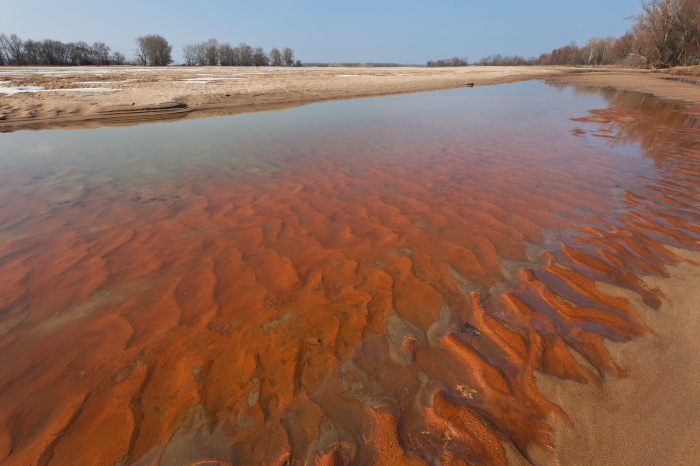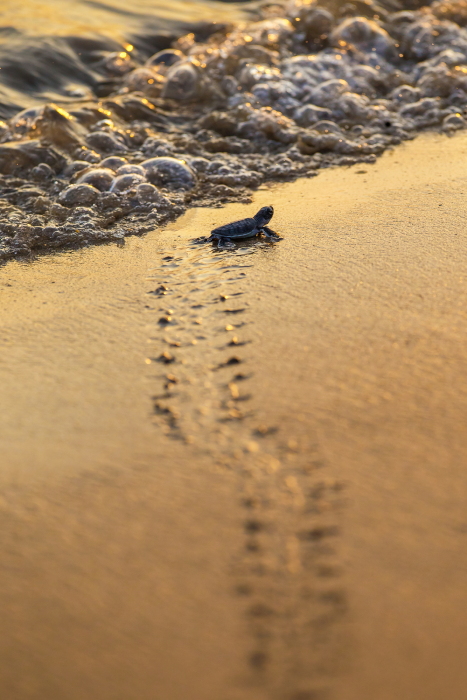As a part of the Festival there will be an exhibition of wildlife films: „Wisła i jej dorzecze” (Vistula River and its Basin) held in the Academic Cultural and Art Centre “Od Nowa” in Torun. The following movies will be presented:
- Vistula Gorge in Malopolska – Artur Tabor
- Bug Gorge in Podlasie – Artur Tabor
- Vistula – from its source to its mouth. Along former salmon route – Paolo Volponi
Part 1 – From Vistula source to Dunajec mouth
Part 2 – From Dunajec mouth to Narew mouth
- „Biebrza – żyjąca rzeka” (Biebrza – living river) – movie trailer – Paolo Volponi
Special guests of the film exhibition are Jolanta Tabor and Paolo Volponi.
This movie was made for the Lublin Landscape Parks Complex in 2003-2004.
The part of Vistula river, presented in the movie covers the area from bridge in Annopol to bridge in Pulawy.
This Queen of Polish Rivers flowing through the highlands between Zawichost and Pulawy creates an exceptionally picturesque gorge. Forceful and variable current of Vistula make the river unique, wild and free.
During the tour along Vistula valley we present the richness of the nature and culture. Particular emphasis is put on showing a balanced cultural landscape and river’s continuous influence on everyday life of people, living on the river since time immemorial. Vistula helped with the freight, protected from unexpected attacks of the enemies, provided food and fertilised fields. In the movie the audience visits the most interesting cities along the river, such as: Piotrawin, Solec, Wilkow, Mecmierz, Janowiec, Kazimierz Dolny and Pulawy.
The movie focuses on Vistula itself – there is no other river in European lowlands so pristine and naturally shaped. The large rivers in Europe have been devastated by regulation and riverbed straightening works. Meanwhile, Vistula’s pristine character on this stretch of the river makes a perfect bird refuge, hosting species of international importance. There are birds living on large sandy islands located in the riverbed such as herring gulls, common gulls, black-headed gulls and eurasian oystercatchers. At the same time, in the few-kilometres-wide section of the valley, numerous monuments make a unique tourist attraction. The picturesque lookouts in Janowiec and Mecmierz are situated in the narrowest parts of the gorge.
Nowadays, the river does not influence the lives of people as much as in the past, but depends on them. People control the river, its environment and landscape. Are we wise enough to use the river’s beauty and protect it at the same time?
The movie is aimed to answer this question.
In the Eastern Borderlands there flows the last of the unregulated large rivers, peaceful and dignified Bug.
Meandering amongst low hills, fields and forests this river was the cause of interesting natural phenomenon and a witness of cultural changes.
In Western Europe this size rivers were civilised and tamed a long time ago.
Bug remained wild due to its meaning as a natural border of Poland. The river is winding with plenty of meanders, steep slopes and oxbows.
Bug valley hasn’t been modified as well. It has large spaces of meadows, turf grasslands, riparian woodlands and alder forests along with the diversity of its flora and fauna.
The most beautiful stretches of Bug are where the river breaks through moraine hills nearby Serpelice, Gnojne or Neple.
Traditional buildings, wooden fences and colourful gardens of neighbouring villages make this land particularly beautiful.
Podlasie Bug Gorge Landscape Park was established in 1994 on the most interesting stretch of Bug from Neple to the Toczna tributary; the Park is aimed to protect and promote wildlife and culture of left bank of the river valley.
Three-part story about Vistula – the biggest river in Poland. Its basin fills more than a half of the country.
Over thousands of years Vistula had been hosting salmon migrations – nearly from river source to its mouth and back. That was taking place up until fifty years ago. Nowadays, salmon migration is not possible due to human interference. People changed the river for their purposes; it is now waterway, energy and drinking water source, sometimes even sewer.
Can exploitation of the river be compromised with its wildlife protection? There are people in Poland who wish it was. They released over one million and a half of salmons into Upper Vistula tributary rivers in Podkarpacie. The fate of these fish will prove if the compromise between nature and civilisation is possible.
We will learn about Vistula flowing along former salmon route. We will know about the area, where salmon no longer resides, where the fish are coming back and may resettle. We will take an interesting journey from the mountains, throughout the whole Poland up to the Baltic Sea.
Part 1 – From Vistula source to Dunajec mouth
Part 2 – From Dunajec mouth to Narew mouth
„Biebrza – żyjąca rzeka” (Biebrza – living river) makes 52 fascinating minutes of movie about Biebrza river valley seen with the eyes of the director Paolo Volponi. This story consists of images of nature changing with the seasons, where leading motif is the river. The water flowing through the valley determinates the lives of all neighbouring life forms.
There are ten episodes in the film, letting us know about Biebrza valley from different points of view: from aerial view, water surface and from the depths. Moreover, each episode has individual actor – a mammal, a bird, an amphibian or an insect – that is typical for this ecosystem. We experience lives of well-known species, such as elk or common crane as well as the ones we may have never seen – Clouded Apollo or Diving Bell spider.
Breathtaking wildlife photographs, uncommon sounds of nature and exclusively composed music make up the poetic tale of Europe rare animals in Biebrza valley environment. The film is designed for broadcasting (mid 2015).










